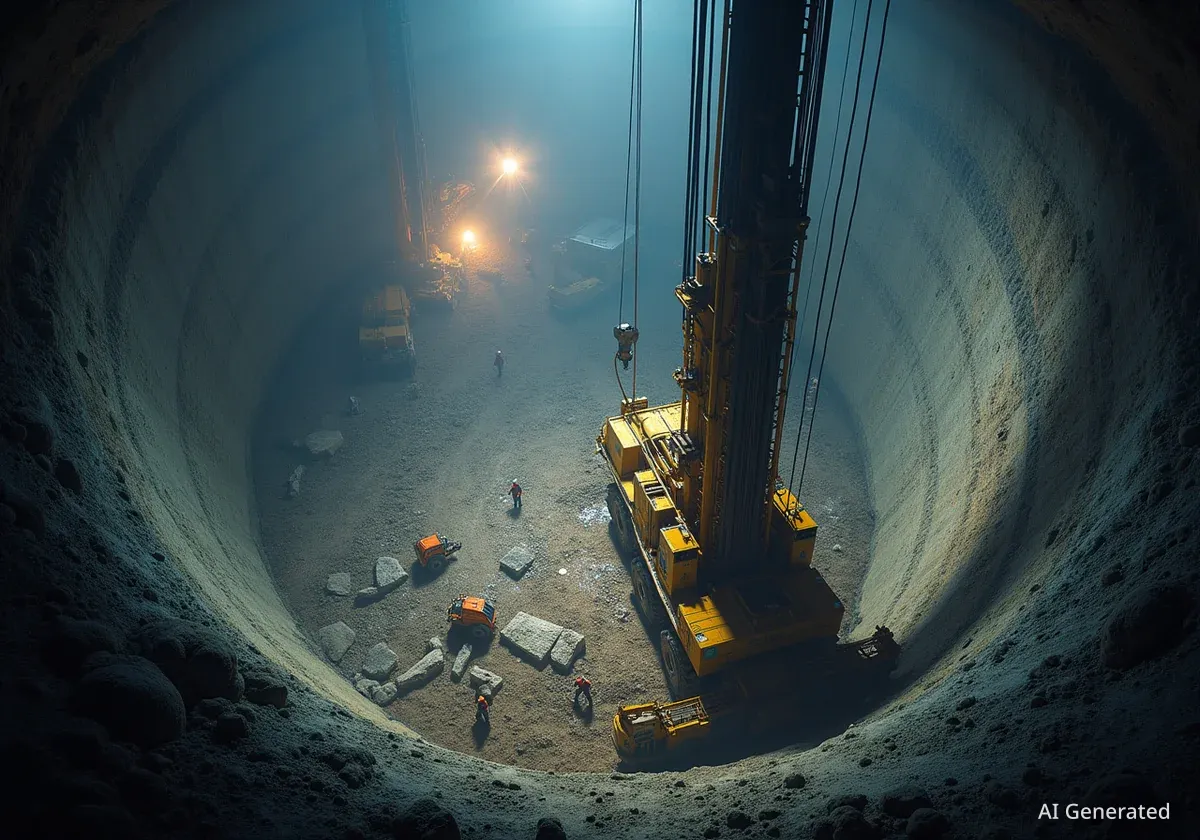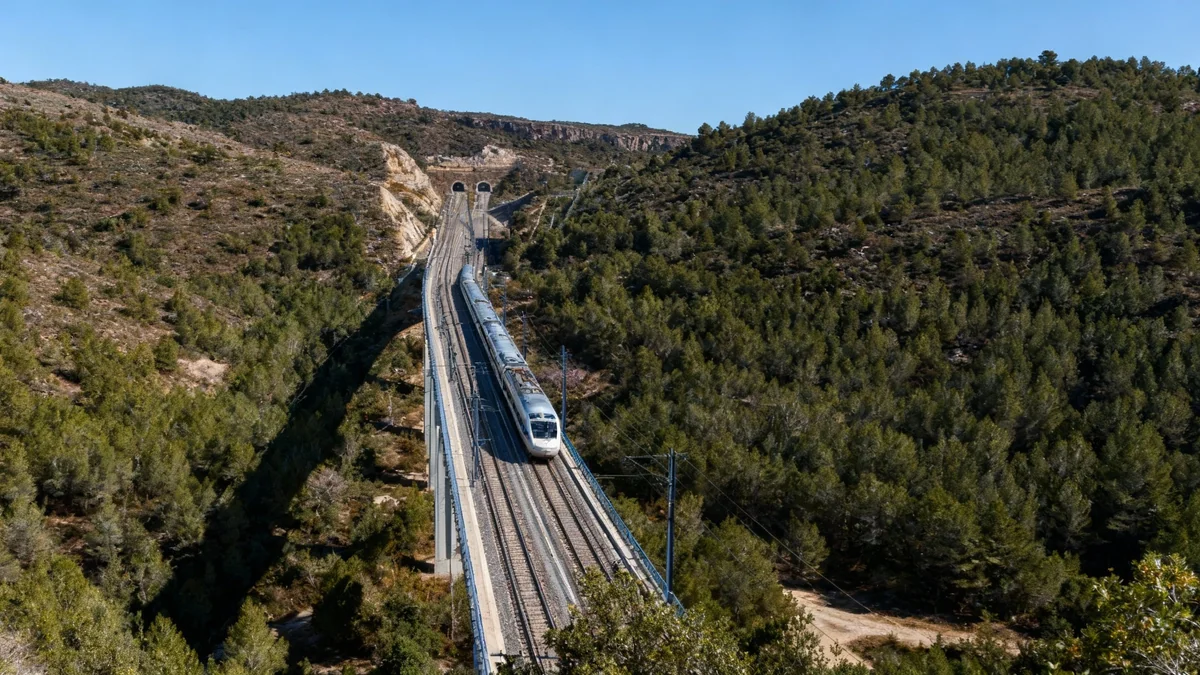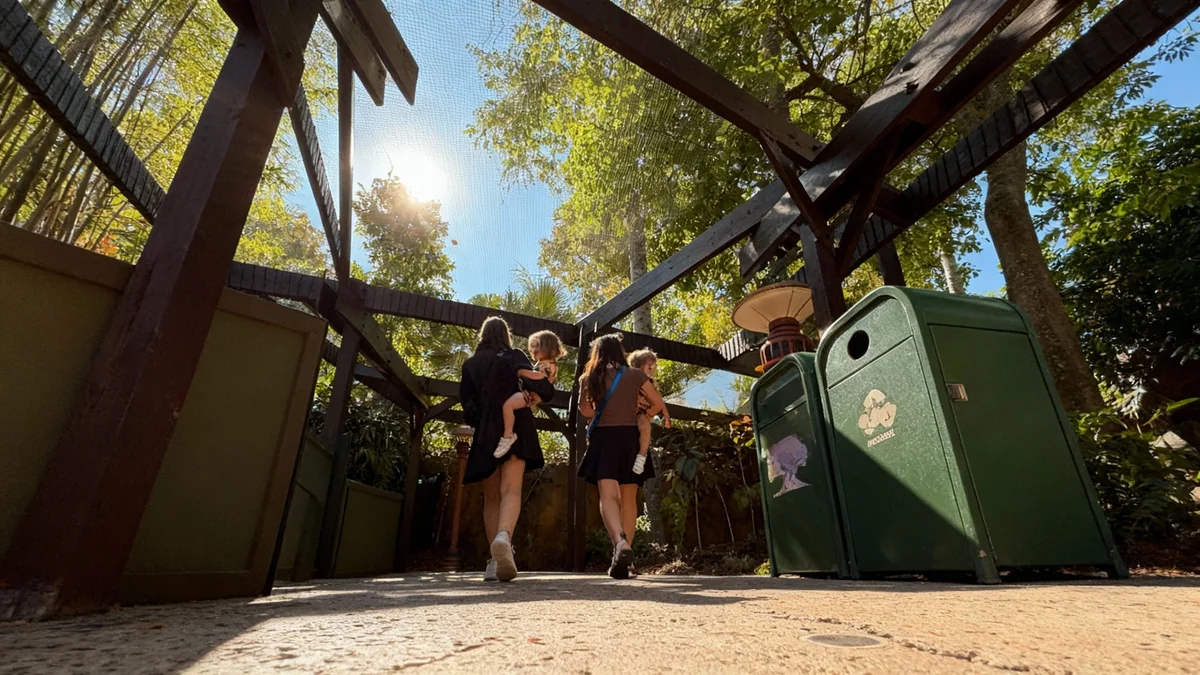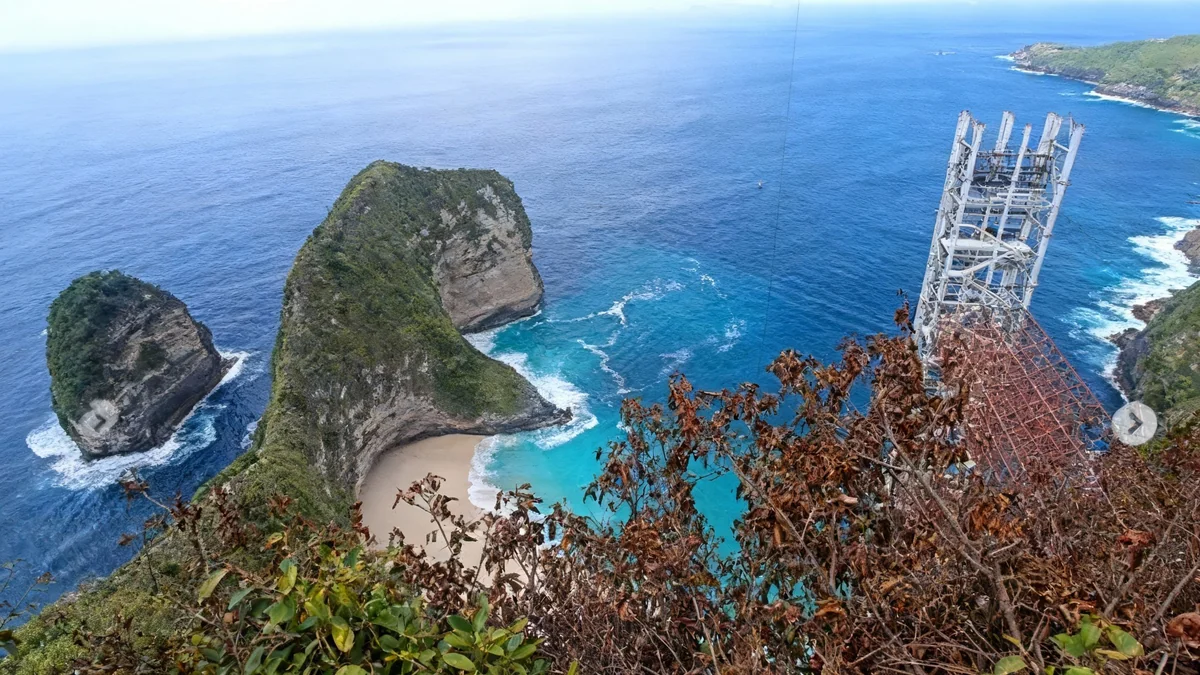Central Japan Railway (JR Central) has announced a significant increase in the projected construction costs for its superfast magnetically levitated (maglev) Shinkansen line. The total cost is now expected to reach ¥11 trillion, nearly double the initial estimate of ¥5.52 trillion. This marks the second time the project's budget has been revised upwards since its inception.
The Chuo Shinkansen line aims to connect Tokyo's Shinagawa Station with Nagoya Station, drastically cutting travel times between the two major cities. However, the path to completion has faced escalating financial challenges.
Key Takeaways
- Total maglev project cost now ¥11 trillion, up from ¥5.52 trillion.
- Second cost revision, first was to ¥7.04 trillion in 2021.
- Soaring material and labor costs account for ¥2.3 trillion of the increase.
- Difficult construction areas, including a mountain tunnel, add ¥1.2 trillion.
- Projected service start date pushed to 2036 or later due to construction delays.
Escalating Costs and Economic Pressures
The latest revision, announced on Wednesday, attributes the substantial increase to two primary factors: the global rise in prices for materials and labor, and the complexities of construction in challenging geographical areas. Specifically, ¥2.3 trillion of the additional costs will cover material and labor expenses, reflecting recent inflationary trends. Another ¥1.2 trillion is allocated for difficult construction, particularly for a major mountain tunnel section.
JR Central President Shunsuke Niwa expressed serious concern regarding the budget escalation. "I take the increase in the construction costs seriously," Niwa stated at a press conference in Nagoya. This acknowledgment highlights the magnitude of the financial hurdles the project now faces.
Project Cost at a Glance
- Initial Estimate: ¥5.52 trillion
- 2021 Revision: ¥7.04 trillion
- Current Estimate: ¥11 trillion
- Total Increase: ¥5.48 trillion (from initial)
Funding the Gap and Future Fare Adjustments
JR Central believes it can absorb these additional costs through a combination of its operating revenue and bond issuance. This financing strategy assumes the maglev line will begin service by 2035. However, the company clarified that this financial plan does not guarantee a 2035 opening. Delays in construction, particularly in Shizuoka Prefecture, suggest a service commencement no earlier than 2036.
The possibility of further inflation looms over the project. To mitigate this risk and secure necessary funds, JR Central is considering a significant policy change. The company plans to request that the transport ministry introduce a system allowing railway companies to adjust fares more flexibly. This proactive measure indicates the company's awareness of potential future financial pressures and its desire for greater adaptability in pricing.
"The increase reflects the impact of soaring prices in recent years and an an increase in costs at areas where construction is difficult."
Construction Challenges and Recent Incidents
The maglev project involves constructing extensive tunnels and bridges across diverse terrains. These engineering feats contribute to the high cost and complexity. The section in Shizuoka Prefecture, where construction has yet to begin, remains a critical bottleneck for the project timeline.
Adding to the challenges, a recent incident on Tuesday saw ground uplift near a construction site in Tokyo's Shinagawa Ward. This event led to an immediate suspension of work in that area. JR Central is currently investigating the potential link between the construction activities and the ground uplift, underscoring the technical and environmental sensitivities involved in such a massive infrastructure undertaking.
What is Maglev?
Maglev, short for magnetic levitation, is a system that uses magnetic forces to propel trains. Unlike traditional trains that run on wheels, maglev trains float above the tracks, eliminating friction and allowing for significantly higher speeds. Japan has been at the forefront of maglev technology for decades, with the Chuo Shinkansen representing the next generation of high-speed rail.
Looking Ahead to a Faster Future
Despite the substantial cost increases and construction delays, the Chuo Shinkansen project remains a monumental endeavor for Japan. Once operational, the maglev line is expected to revolutionize inter-city travel, significantly reducing journey times between Tokyo and Nagoya. This technological leap promises to enhance regional connectivity and economic activity.
The project's financial trajectory and construction progress will continue to be closely monitored. The flexible fare system proposal, if approved, could set a new precedent for infrastructure projects in Japan, reflecting the dynamic economic conditions impacting long-term development.
The successful completion of the maglev line would solidify Japan's position as a leader in high-speed rail technology, offering a glimpse into the future of transportation. However, overcoming the current financial and logistical hurdles is paramount to realizing this vision.





